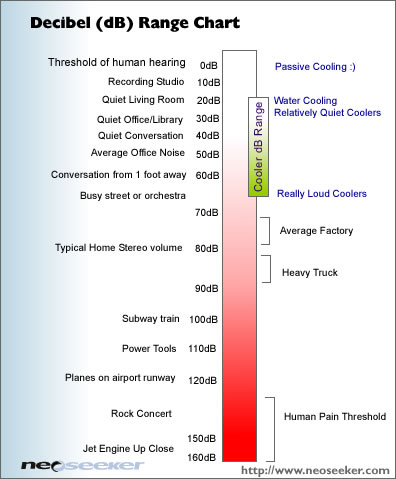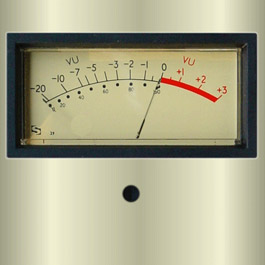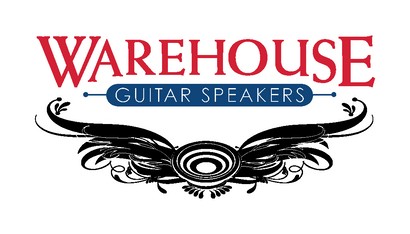Your Cart is Empty
NOW FREE SHIPPING TO 48 CONTIGUOUS UNITED STATES ON ALL ORDERS!!!
It All Boils Down To Two Things...
by vaughn skow July 26, 2010 3 min read
The world of sound all boils down to two things: how loud it is and what the size (frequency) of its movement is. Let’s start with loudness (volume). The loudness of audio is measured in decibels - a nod to the original audio dude, Alexander Graham Bell. Before Mr. Bell started to experiment with audio transmission and reproduction, there was no scale to measure acoustic energy, so Bell came up with his own scale to measure how loud a given sound was. He called his scale the Bell scale. Go figure! His instruments were crude and his 1-10 scale was not very fine or accurate. We still use his scale today, but we have increased the sensitivity ten fold (that’s where the deci part of decibel comes from); in other words, what Bell would have measured to be 7 bells, we now call 70 decibels. In fact, Bell would have measured any sound between about 65 and 75 decibels at 7 bells ... like I said, it was a rough scale. The term "volume" actually came about because a measurement of acoustic loudness is in fact a measurement of the volume of air molecules put in motion. Let’s talk volume!

There are two "volume" unit measurements (VU). The first is acoustic volume; this is referred to as dB-SPL, or decibels of sound pressure level. This is a measurement of the number of air molecules banging into each other (see last weeks blog). See the associated graphic for a run down on the dB-SPL scale. The other measurement is a voltage equivalent - this is the number you see represented on VU meters on a piece of audio equipment. This scale can be dBv, dBV, or dBm, these are various standards that all reference where "zero" is a little differently. The thing to remember is that they are all referring to how strong an electrical signal is, which will eventually determine how loud something will be when it’s converted back into acoustic energy. This brings us to transducers!

A transducer is something that converts energy from one form to another. Microphones, for instance, convert sound into electricity, and speakers convert the electricity back into sound. In the world of audio, conversions often occur several times before we "hear" something. Wrap your mind around this: A band plays live (measured in dB-SPL), the sound is picked up by microphones whose elements move in response and convert (transduce) the moving air molecules into electricity (dBv), which is then converted into ones and zeros (A/D conversion) for storage and manipulation. Then, when played back, these ones and zeros are converted back to an electric signal (D/A conversion) which is sent to an amplifier that brings this signal up to a level which is capable of making a speaker move, and through the movement of the speaker the electric signal is finally converted (transduced) back into it’s original form (dB-SPL). I’ve just described the chain of events that happens to most pre-recorded music before we hear it. That’s a bunch of conversions! Four times the original sound is converted into a totally different form. Along the way, if any one of these conversions is done poorly the result will be inaccurate reproduction of the original sound (i.e. yucky). Oh, and then of course our ears actually transduce that sound back into an electric signal for our brains to process. If your ears are damaged and incapable of accurately accomplishing this final conversion, then all the other conversions won’t really matter to you, cause you can’t hear it anyway! So see last week’s blog, and darn it, protect those ears!
Okay you electric guitar players out there: think about the transducers in your signal chain. The guitar produces a small acoustic signal that the pickup transduces into a small electric signal which your amp brings up to a level that can then move your speaker(s) which ultimately transduce the electric energy back into acoustic energy and produce a measurable amount of SPL. The three pieces of this signal chain (the pickup, amp, and speaker) all influence the final outcome (quality) of your sound. Is any piece more important than another? Personally I think the speaker probably wins by a hair in this debate. Why? I promise I’ll get to that in a couple of weeks! For now, I must say so long. Next week we’ll finish up on volume and talk about the frequency of sound. You’re gonna love it, trust me.
Leave a comment
Comments will be approved before showing up.
